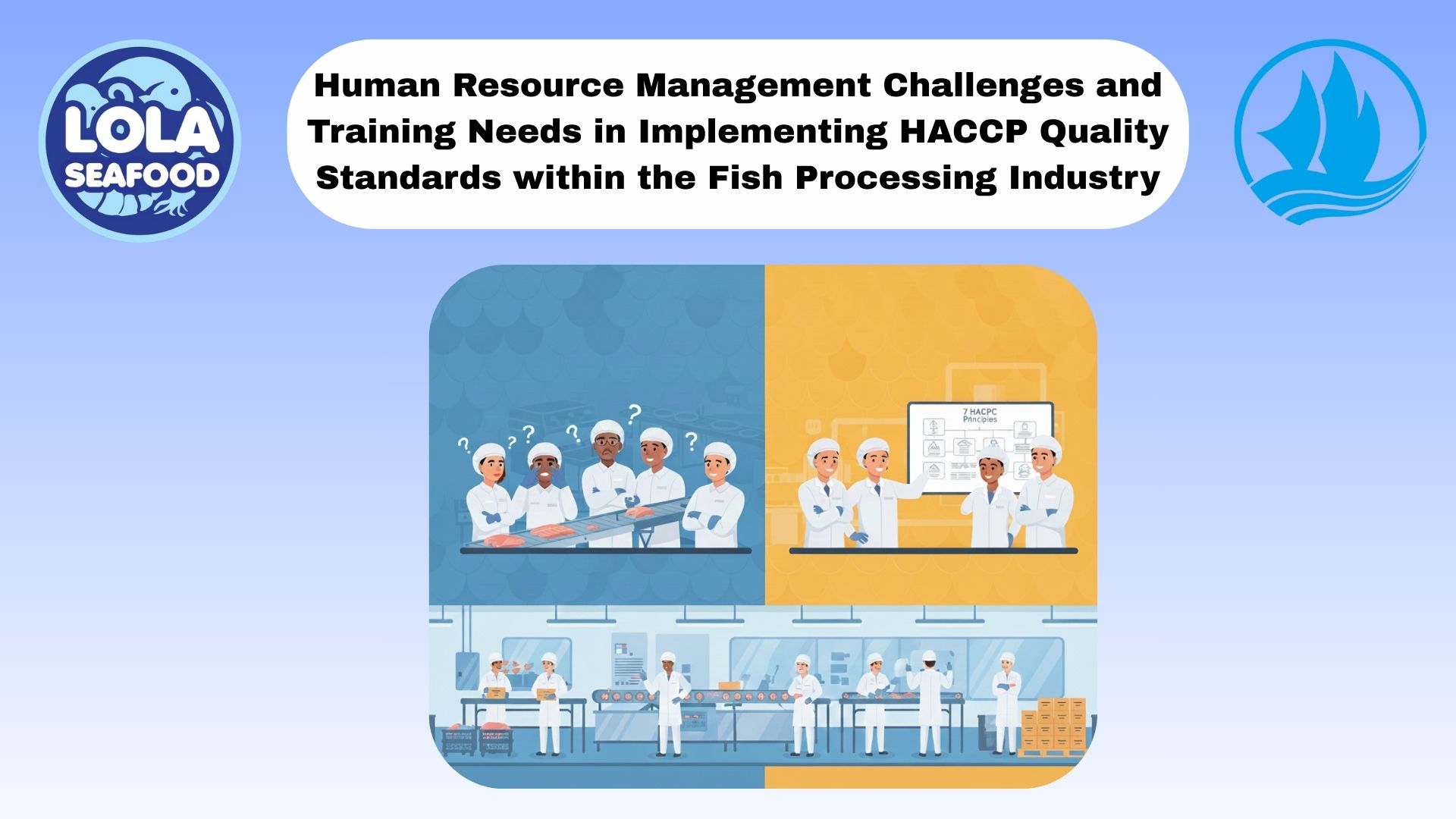Drip Loss in Seafood: Causes, Impacts, and Solutions
By. Fajar - 18 Sep 2025.jpg)
Kelolalalut.com Maintaining freshness and quality is the ultimate goal in the seafood industry. However, one common challenge faced by processors, retailers, and consumers alike is drip loss—the release of liquid from seafood during storage, thawing, or cooking. Drip loss not only affects the visual appeal of seafood but can also impact its texture, flavor, nutritional value, and ultimately, its marketability. Understanding what drip loss is, why it occurs, and how to control it is essential for producing high-quality seafood that meets consumer expectations.
Definition of Drip Loss
Drip loss refers to the liquid (a mixture of water, proteins, and dissolved nutrients) that escapes from seafood muscle tissue over time. It is most noticeable when seafood is thawed after being frozen or when it sits in refrigerated storage. For example, when you open a package of thawed shrimp or fish fillets and find a pool of liquid at the bottom, you are observing drip loss. While some drip loss is natural, excessive loss can significantly reduce the weight of the product, affecting profitability and customer satisfaction.
Causes of Drip Loss in Seafood
Several factors contribute to drip loss, most of which are related to the structure of the muscle tissue and the way seafood is handled:
- Freezing and Thawing Process: Improper freezing leads to the formation of large ice crystals that damage muscle cell walls. When the seafood is thawed, these ruptured cells release water, resulting in higher drip loss.
- Storage Temperature Fluctuations: Temperature abuse—such as repeated freezing and thawing—further damages tissue integrity, causing more fluid to escape.
- Post-Harvest Handling: Rough handling, delays in chilling, and long exposure to ambient temperatures can accelerate protein breakdown in the muscle, reducing its ability to hold water.
- Species and Muscle Type: Different species of fish and shellfish have varying water-holding capacities. Lean fish like cod tend to have higher drip loss compared to fatty fish like salmon.
- pH Levels and Protein Denaturation: Changes in muscle pH during rigor mortis or due to spoilage affect water-binding capacity. Lower pH often leads to reduced ability of muscle fibers to retain moisture.
Impacts of Drip Loss
Excessive drip loss has both economic and quality implications:
- Weight Reduction – Processors and retailers lose product weight, which directly impacts profitability.
- Nutrient Loss – The drip contains proteins, vitamins, and minerals, meaning nutritional value is reduced.
- Texture Changes – Seafood can become dry, tough, or less appealing after cooking.
- Visual Appearance – Consumers may perceive products with excessive drip as old or spoiled.
- Shelf Life – Drip creates a moist environment that can encourage bacterial growth, shortening shelf life.
Strategies to Minimize Drip Loss
Minimizing drip loss requires a combination of good handling practices, proper storage, and advanced processing techniques:
- Rapid Chilling After Harvest: Immediate chilling slows down enzymatic activity and bacterial growth, preserving muscle integrity.
- Proper Freezing Methods: Using quick-freezing technologies like contact plate freezers or IQF (Individually Quick Frozen) systems creates small ice crystals, reducing tissue damage.
- Controlled Thawing: Thawing seafood slowly under refrigeration (0–4°C) rather than at room temperature helps retain moisture and prevents excessive drip.
- Use of Glazing: Applying a thin layer of protective ice around frozen seafood prevents dehydration and minimizes moisture loss during storage.
- Optimized Packaging: Vacuum packaging or modified atmosphere packaging (MAP) reduces drip by slowing spoilage and maintaining product freshness.
- Maintaining Cold Chain Integrity: Consistent temperature control throughout transport and storage prevents partial thawing and refreezing, which can worsen drip loss.
Drip loss is a natural but controllable phenomenon that significantly influences seafood quality, appearance, and profitability. By understanding the causes—ranging from freezing methods to temperature fluctuations—seafood processors can take proactive steps to minimize water loss and preserve the natural texture, taste, and nutritional value of their products. Investing in proper freezing technology, maintaining strict cold chain management, and educating employees on correct handling techniques are key strategies for reducing drip loss. For consumers, this means seafood that looks fresher, tastes better, and delivers consistent value, strengthening trust in the brand and boosting market competitiveness.
If youre interested in our Parrotfish Fillet Skin On and Parrotfish Fillet Skinless please do not hesitate to contact us through email and/or Whatsapp
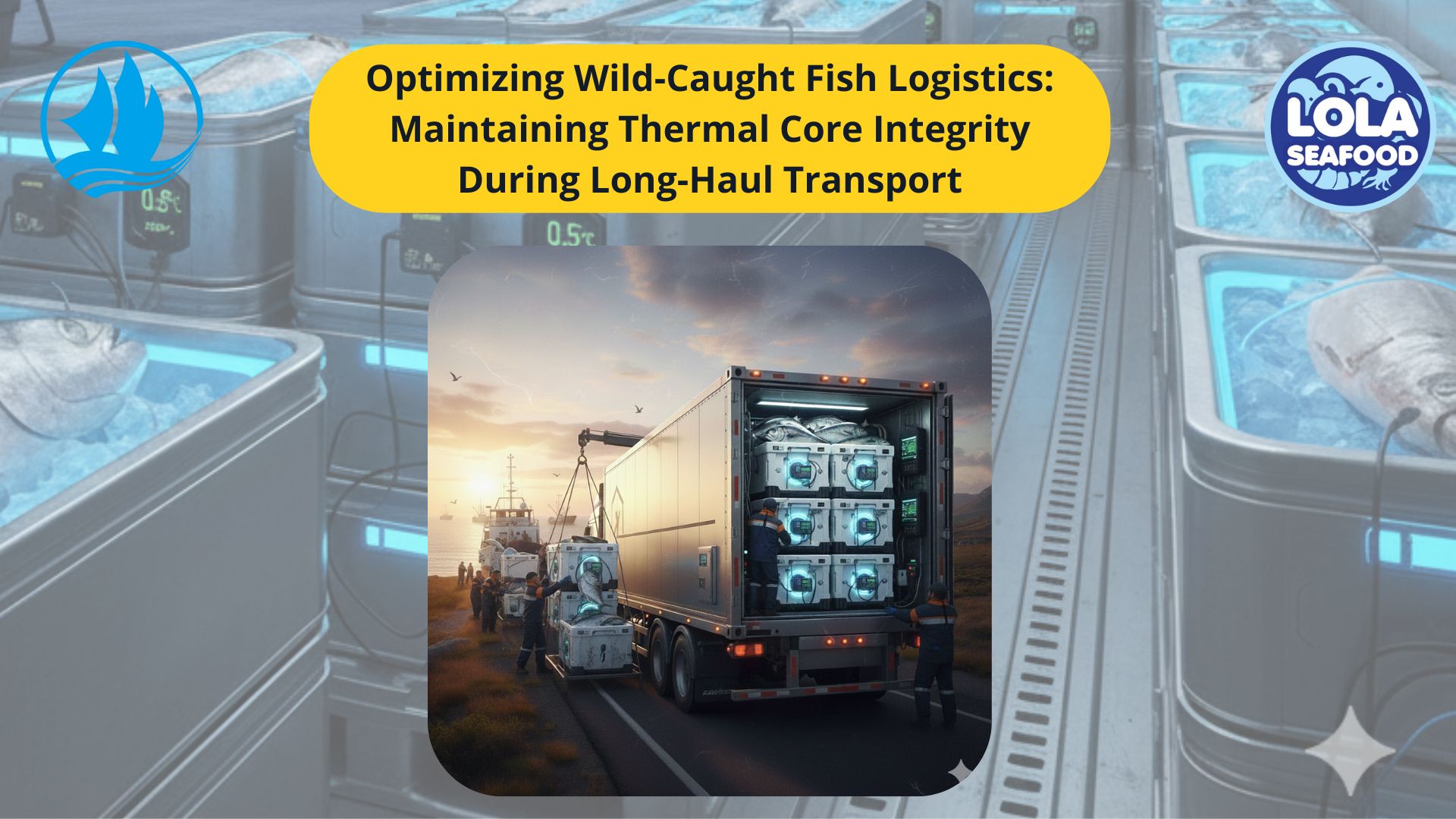
Optimizing Wild-Caught Fish Logistics: Maintaining Thermal Core Integrity During Long-Haul Transport
.jpg)
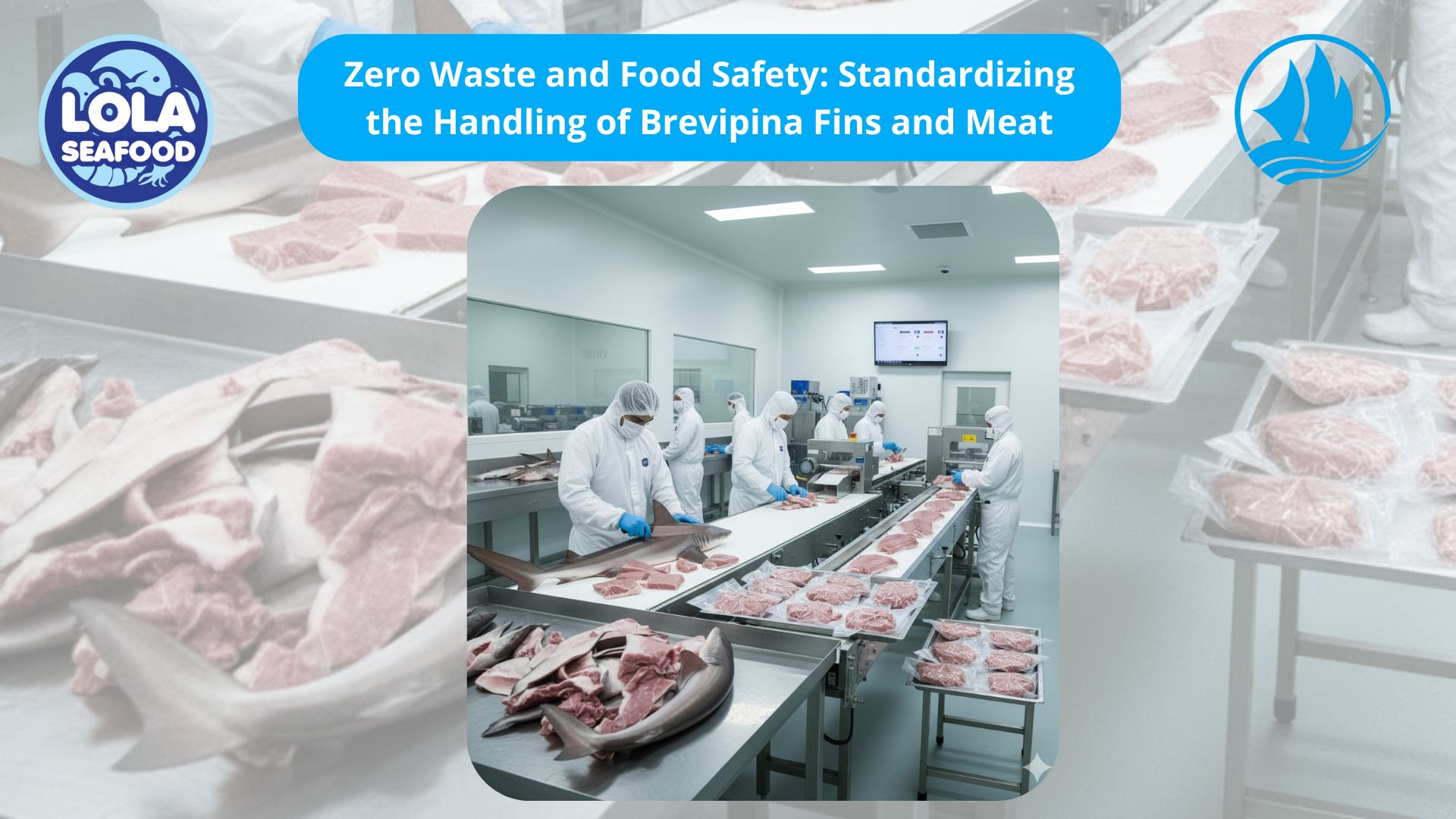
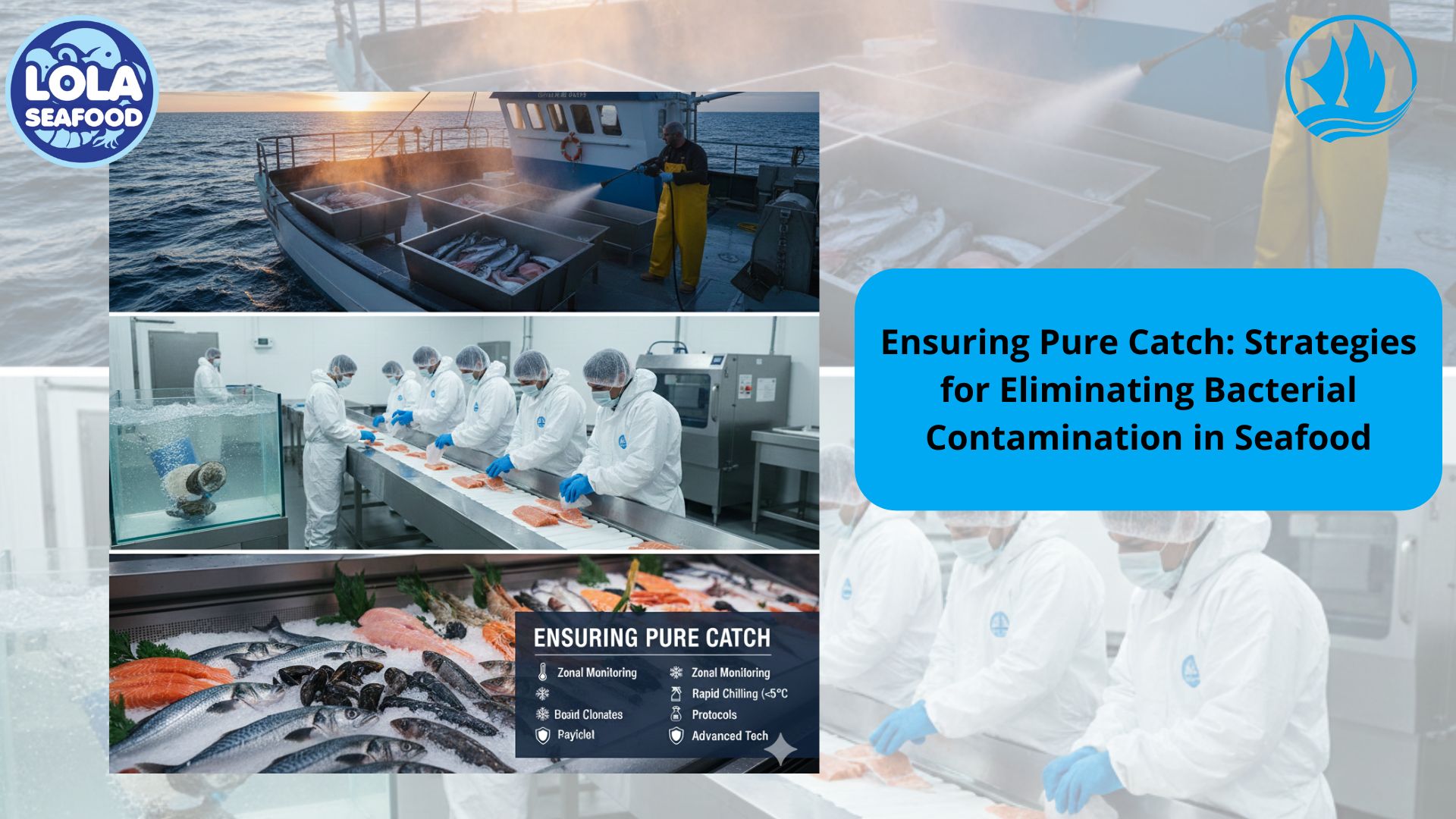
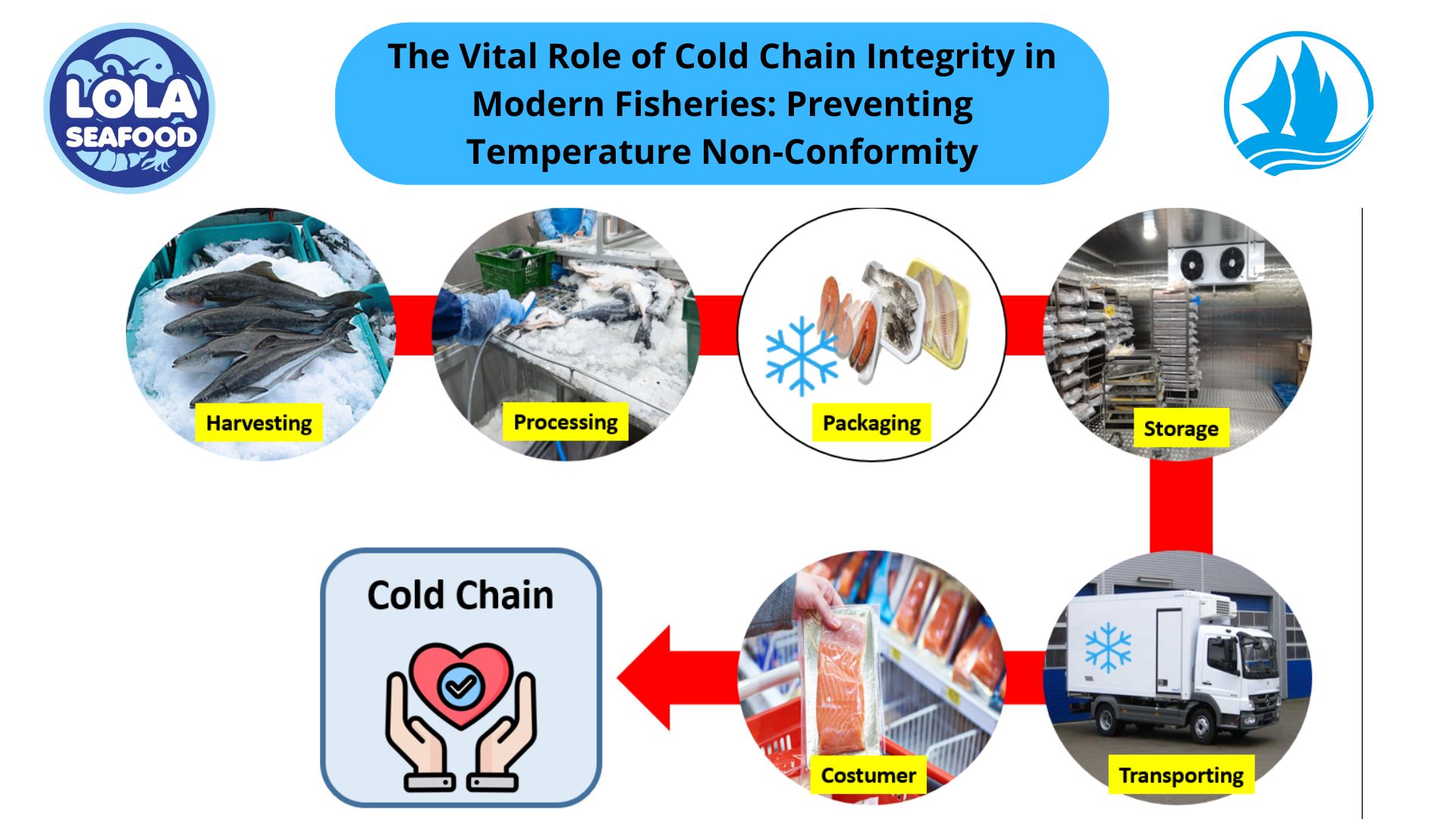
.jpg)
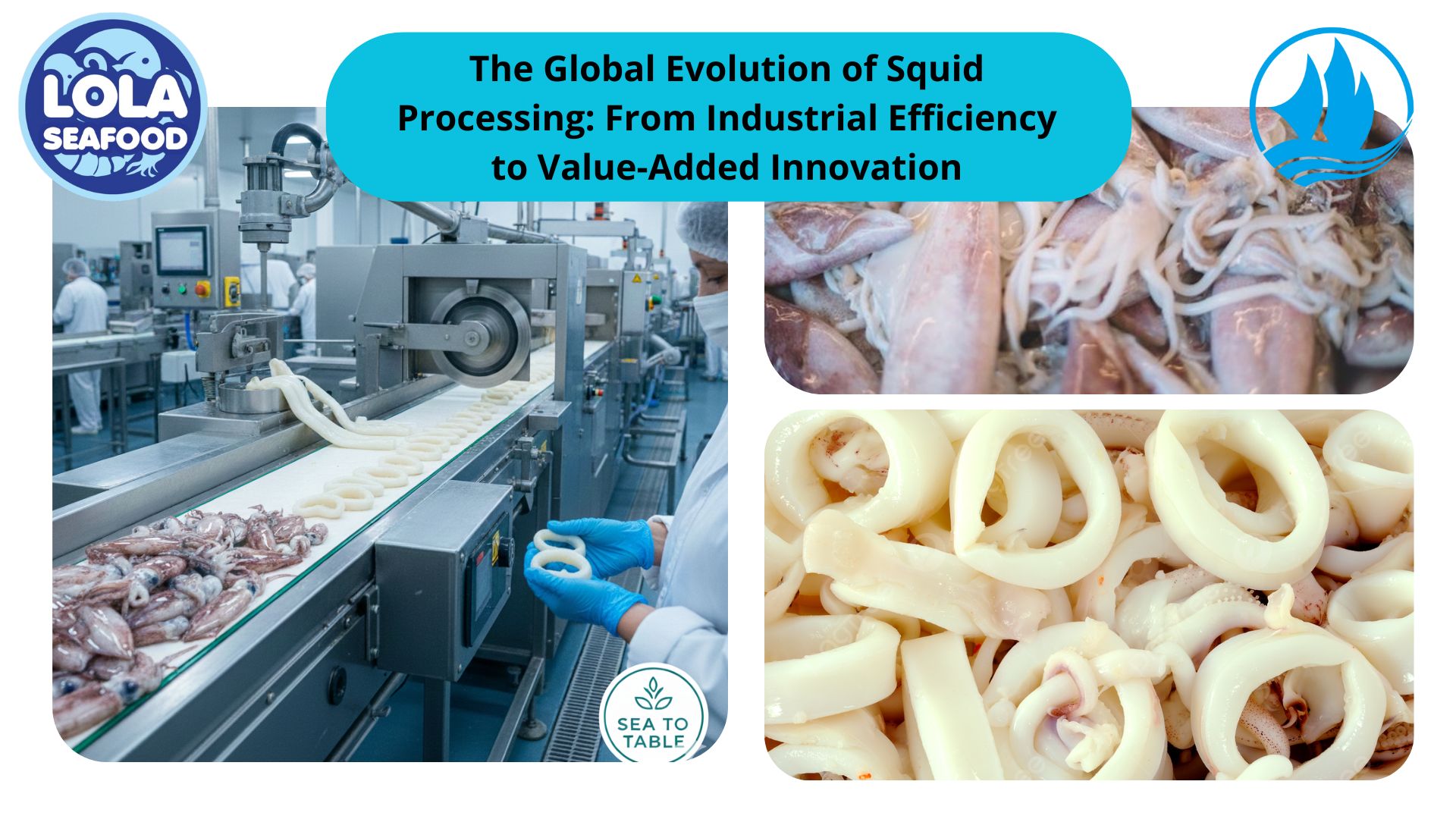
 and Employee Productivity on the Demersal Fish Processing Floor.jpg)
